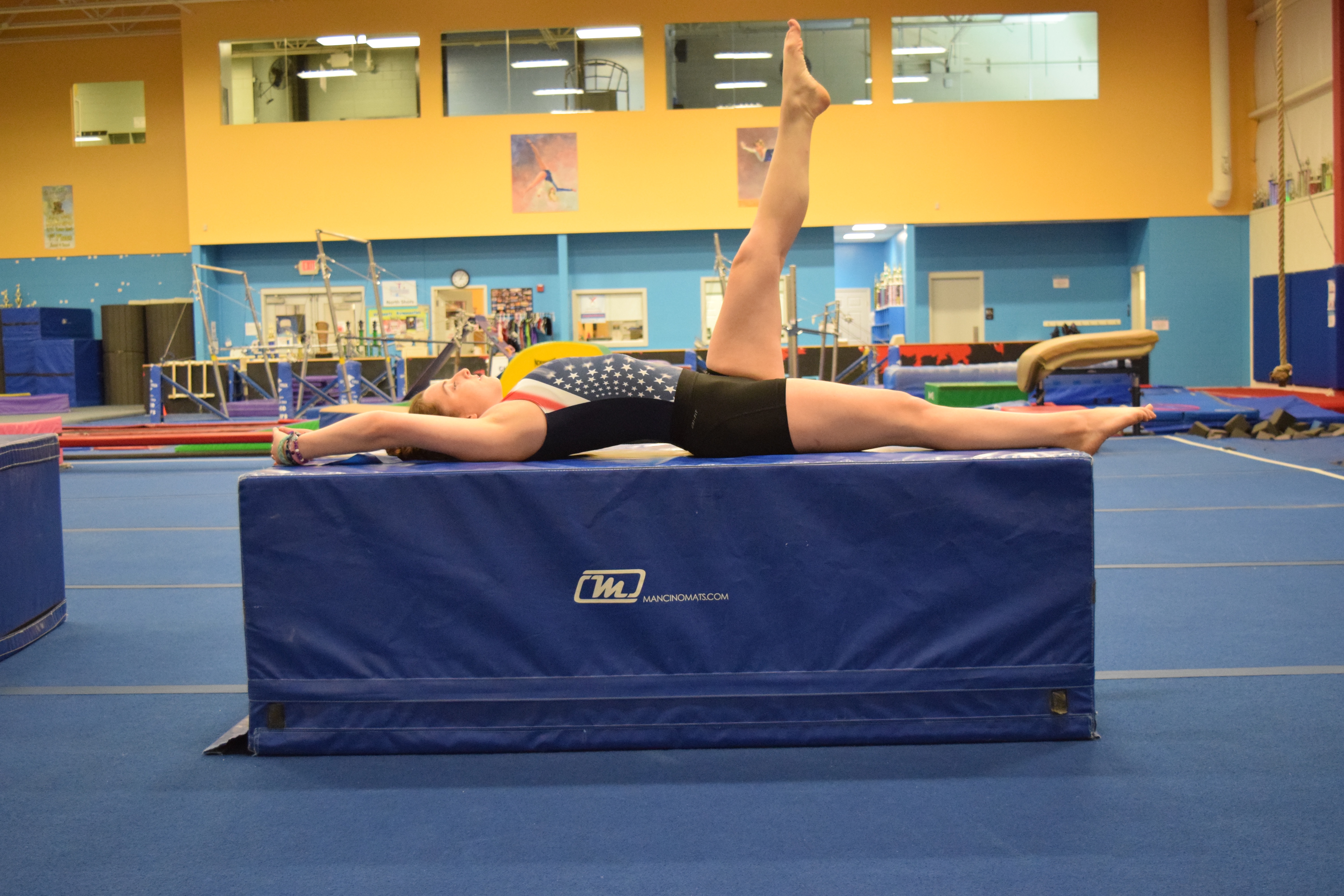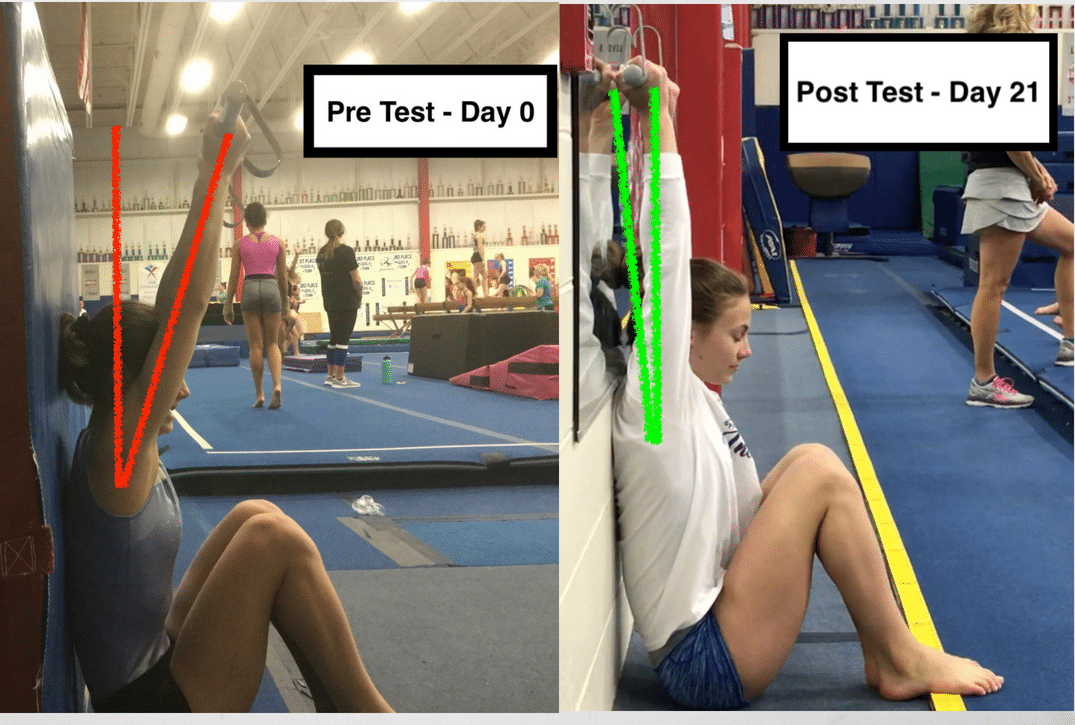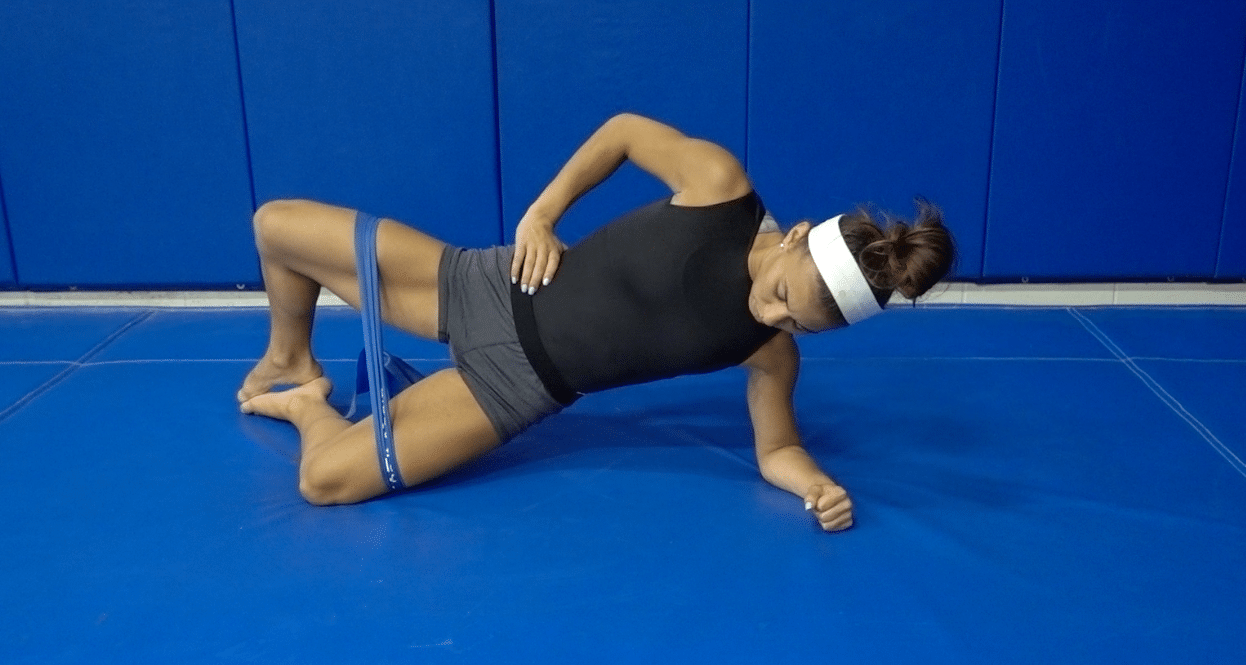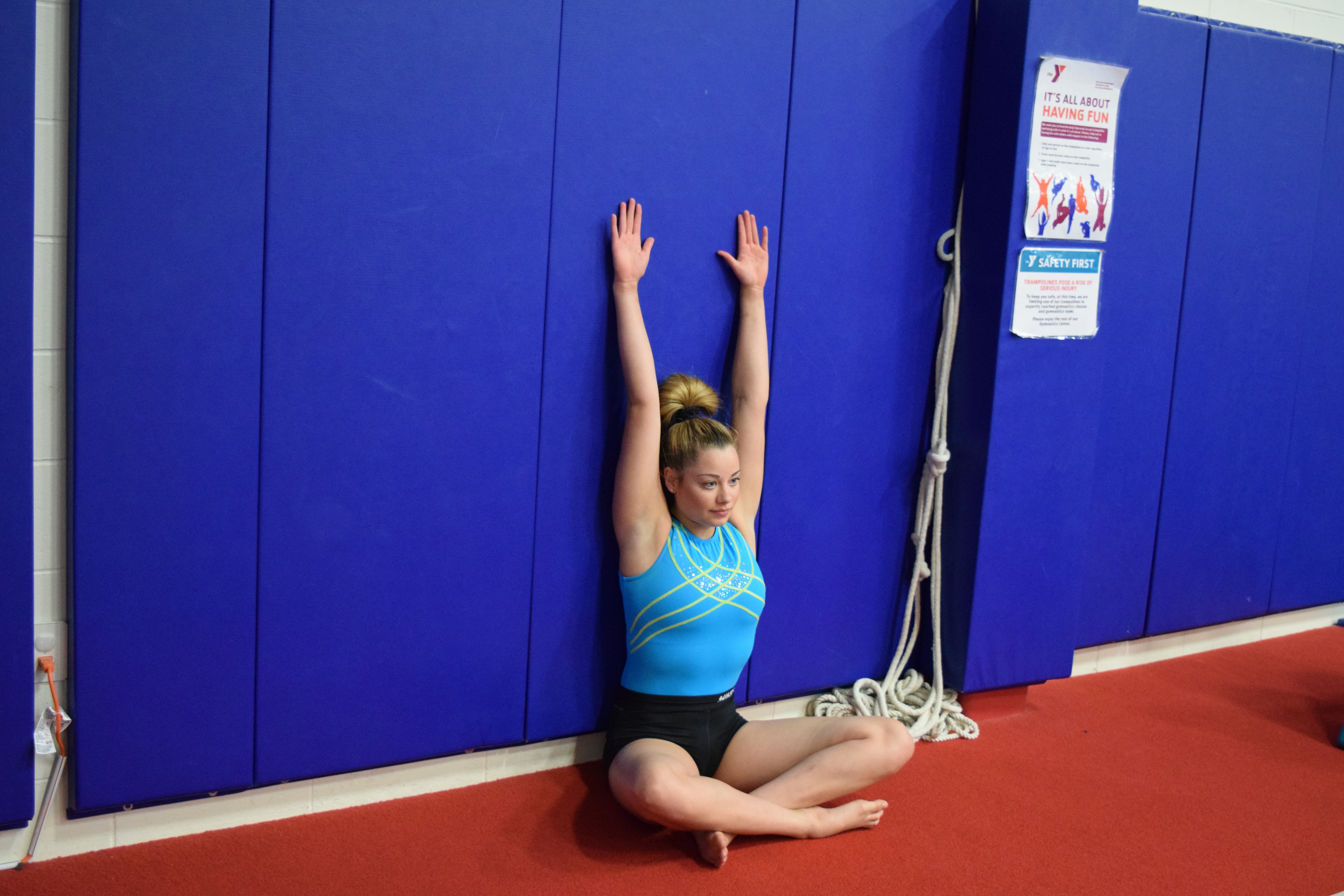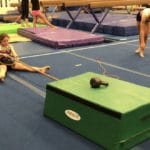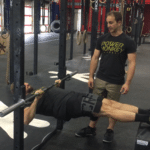Understanding The Shoulder Pain Epidemic in CrossFit Athletes (Part 1 : Assessments and Specific Mobility)
My good friend Dan Pope and I are extremely lucky in that we get to work with hundreds of athletes who participate in CrossFit training. The level of athlete ranges from novice and recreational, and spans all the way up to some of our clients that train at a professional level and compete in the CrossFit Games. Despite the large range in level of athlete and type of injury, the most recurring issue we treat patients for is shoulder pain.
The severity of injury also reaches wide, ranging from minor rotator cuff “tweaks” to much more severe injuries that require surgery and require a minimum of 6+ months of rehabilitation and conditioning before full sports participation is resumed. Common injuries include rotator cuff tendonitis and tears, labral (SLAP) tears, AC joint compression, shoulder instability, and more. Not only do these injuries cause pain and frustrate people, they also significantly limit training and working out ability.
Dan and I have spent many hours discussing these issues, and hundreds of more hours studying scientific literature for ways to help (some references below). After talking with many patients, evaluating their shoulders, and helping them rehabilitate back to their training, we have seen a few common trends emerge consistently.
Today in two short videos below, we wanted to cover concepts related to CrossFit specific shoulder assessments and the need for specific soft tissue mobility work. The first we shot at the clinic we work at, Champion PT and Performance. The other is from our online product, Monkey Method Movement Essentials, we released a few years back and athletes or coaches winonmedicaldical backround can use.
Why Assessments Matters
I think the first and most important concept for readers to understand is that every tool available to help with shoulder pain completely misses the mark if a proper sport specific evaluation is done first.
There is huge variability in the pain generator based on the onset (acute vs over time), the movement (close grip jerk/handstands versus wide grip snatch/pull ups), the location of pain (front, side, posterior shoulder), the level of athlete (new/recreational vs elite/Games level athlete), and much more to help explore the underlying issue. Without the subjective assessment first, objective or treatment strategies often go astray.
After the subjective, we have to remember there are many shoulder positions seen in CrossFit that need a very tailored assessment and break down. One example would be the front rack, making sure to look at thoracic spine, cervical spine, shoulder, elbow, and wrist motions as a breakout. The same goes for dip positions of shoulder hyperextension, elbow flexion, and wrist extension. We must also remember these movements are very complex, and that distal effects down the road (ankle mobility or positional control of the midline) can directly feed into shoulder pain during movements like a snatch or overhead squat.
Hope this helps!
Dave
Dr. Dave Tilley DPT, SCS, CSCS
.
Research References / Notes
For those interested in some interesting soft tissue and manual therapy research Dan and I find helpful and talked about above, check out these articles below.
- Cynthia H.w., Magnusson P., Increasing Muscle Extensibility: A Matter of Increasing Length or Modifying Sensation? PHYS THER. 2010; 90:438449.
- Chaundry H, et al. Three Dimensional Mathematical Model for Deformation of Human Fasciae in Manual Therapy. J Am Osteopath Assoc. 2008;108:379390
- Beardsley C, Jakob Š, Effects of Self Myofascial Release: A Systematic Review. Journal of Bodywork & Movement Therapies. (2015), doi: 10.1016/j.jbmt.2015.08.007.
- Ben M, Harvey LA. Regular stretch does not increase muscle extensibility: A randomized controlled trial. Scand J Med Sci Sports. 2010;20(1):136144. doi: 10.1111/j.16000838.2009.00926.x.
- Schleip, R. Fascial Plasticity: A New Neurobiological Explanation: Part 1. Journal of Bodywork and Movement Therapies, 2004.
- Bialosky,etal. The Mechanisms of Manual Therapy in the Treatment of Musculoskeletal Pain: A Comprehensive Model. Man Therapy 2009. Oct 4 (15)
Those interested in some interesting shoulder specific research Dan and I chat about, you can find those here
- Andrews, J., Reinold, M., Wilk, K. The Athlete’s Shoulder. Second Edition , 2009
- McClure, P., Michener, L., & Karduna, A. (2006). Shoulder function and 3dimensional scapular kinematics in people with and without shoulder impingement syndrome. Physical Therapy, 8 6( 8), 10751090.
- Ludewig, P., & Reynolds, J. (2009). The association of scapular kinematics and glenohumeral joint pathologies. Journal of Orthopaedic and Sports Physical Therapy, 39( 2), 90104.
- Cook, J.,& Purdam, C.(2013). Is tendon pathology a continuum? A Pathology Model To explain the clinical presentation of load induced tendinopathy. British Journal of Sports Medicine, 4 3, 409416.
- Wilk KE, Macrina LC, Reinold MM. Nonoperative rehabilitation for traumatic and atraumatic glenohumeral instability. North Am J Sports Phys Ther 1(1):1631, 2006.
- Wilk KE, Arrigo CA, Andrews JR. Current concepts: The stabilizing structures of the glenohumeral joint. J Orthop Sports Phys Ther 25(6):36479, 1997.
- Wilk KE, Andrews JR, Arrigo CA. The physical examination of the glenohumeral joint: Emphasis on the stabilizing structures. J Orthop Sports Phys Ther 25:3809, 1997.
- Meurer, A., Betz, U., Decking,J., & Rompe, J. (2004). Mobility in patients with impingement syndrome compared to healthy subjects–an inclinometer study]. Orthop Ihre Grenzgeb, 1 44( 4), 415420.
- Lukasiewicz AC, McClure P, Michener L, et al. Comparison of 3dimensional scapular position and orientation between subjects with and without shoulder impingement. J Orthop Sports Phys Ther. 1999;29:574–583.
- Kalra, N., Seitz, A., Douglas Boardman, N., & Michener, L. (2010). Effect of posture on acromio humeral distance with arm elevation in subjects with and without rotator cuff disease using ultrasonography. Journal of Orthopaedic and Sports Physical Therapy, 40( 10), Retrieved from
Be on the look out for Parts 2, 3, and 4 where we cover important concepts of rotator cuff/pulling strength, periodization, programming, and health care tips. For the research nerds out there, here are some interesting research studies related to soft tissue work manual therapy, and shoulder issues discussed above.
For now, hope this was helpful!
Dave Tilley DPT, SCS, CSCS


